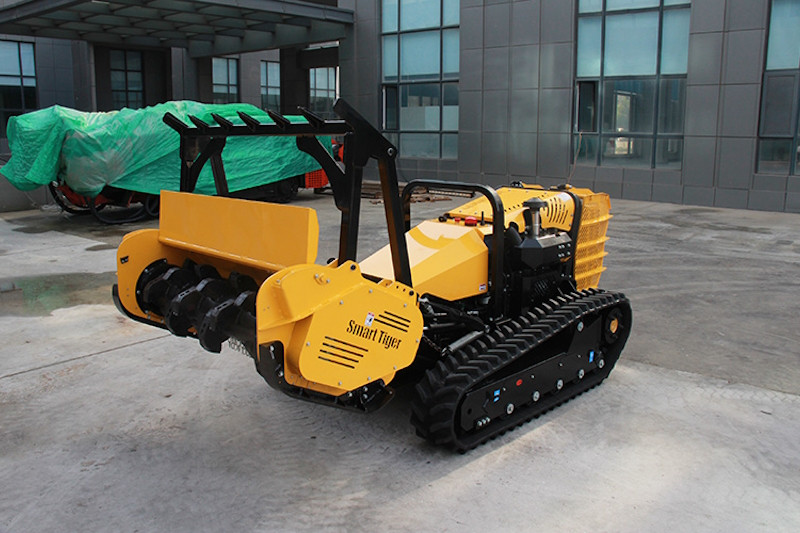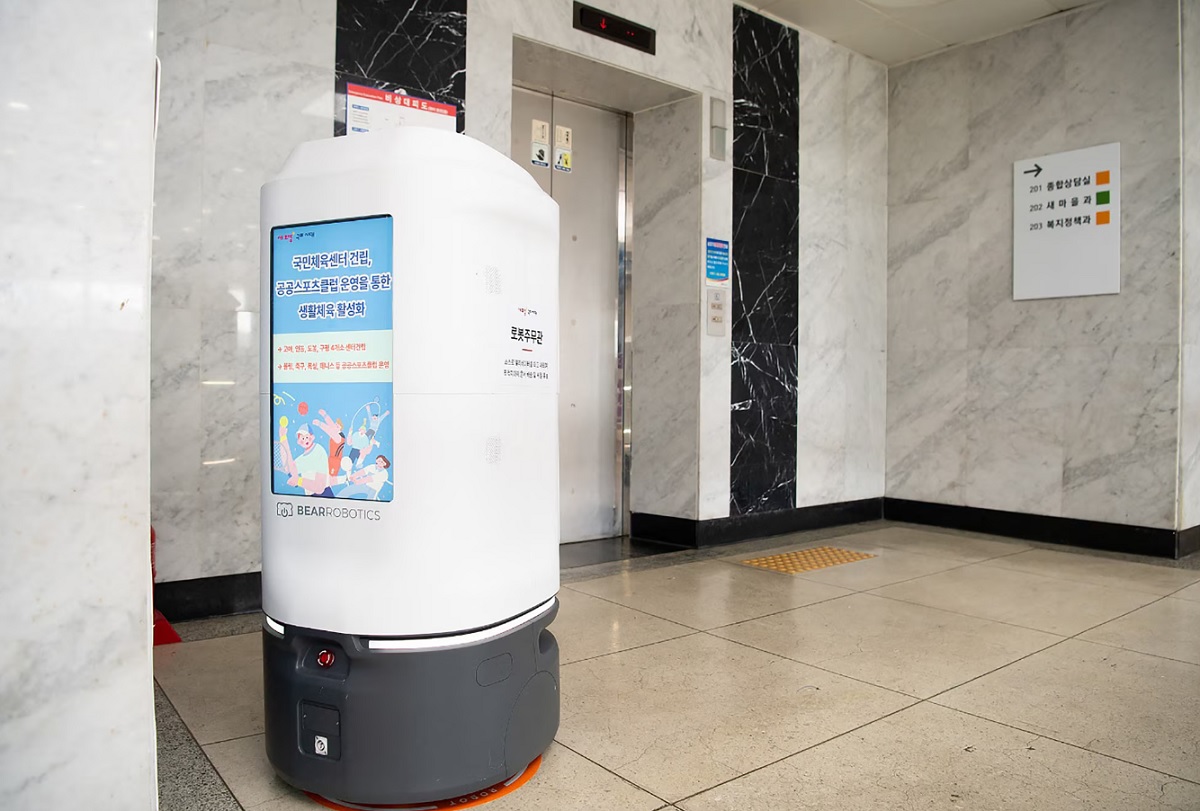In a significant leap forward for quadruped robotics, researchers at Carnegie Mellon University’s Robotics Institute (RI) have devised a groundbreaking system aimed at enhancing the balance and agility of these versatile robots. Leveraging aerospace technology typically utilized in satellite control systems, the team has developed a novel approach to empower off-the-shelf quadruped robots with the capability to traverse narrow balance beams with remarkable nimbleness.
Traditionally, quadruped robots face inherent challenges in maintaining balance, particularly when negotiating uneven terrain or navigating precarious structures like balance beams. The conventional control mechanisms employed in these robots often entail a disconnect between body and limb movements, hindering seamless coordination during locomotion.
To surmount these challenges, the Carnegie Mellon team has ingeniously integrated a reaction wheel actuator (RWA) system into the quadruped's design. Borrowing from aerospace engineering, where RWAs are utilized for altitude control in satellites, this innovative system revolutionizes quadruped robotics by enabling independent balancing irrespective of the position of the robot's feet.
The prototype developed by the Carnegie Mellon team features two RWAs affixed to a commercial Unitree A1 robot, strategically positioned to exert control over the robot's angular motion along both pitch and roll axes. Unlike conventional control methods reliant on ground contact for stability, the RWA system operates independently of foot placement, circumventing the limitations imposed by joints or appendages utilized by quadrupedal animals for balance.
The versatility of the RWA system is further underscored by its simulation and hardware testing. In simulation trials, the robot successfully executed a mid-air reorientation maneuver akin to the famed "falling-cat problem," leveraging RWAs to regain stability and land upright. Hardware testing demonstrated the system's efficacy in real-world scenarios, exemplified by the robot's adept traversal of a narrow 6-cm-wide balance beam, effortlessly recovering from disturbances along the way.
Central to the system's efficacy is its integration into a standard model predictive control algorithm, facilitating seamless coordination between the robot's body and RWAs. By modeling the hardware akin to a gyrostat, an idealized spacecraft model, the system optimally adjusts the robot's mass distribution to ensure dynamic stability across diverse environments.
The implications of this breakthrough extend far beyond robotics research labs, promising to redefine the capabilities of quadruped robots in various applications. From enhancing exploration in rugged terrains to enabling agile navigation through confined spaces, the newfound balance and mobility conferred by the RWA system herald a transformative era in quadruped robotics.
Published in leading scientific journals and recognized for its pioneering contributions, the Carnegie Mellon team's research stands as a testament to the ingenuity driving advancements in robotics. As quadruped robots inch closer to emulating the agility and adaptability of their biological counterparts, the possibilities for their integration into diverse industries and domains are boundless.


















